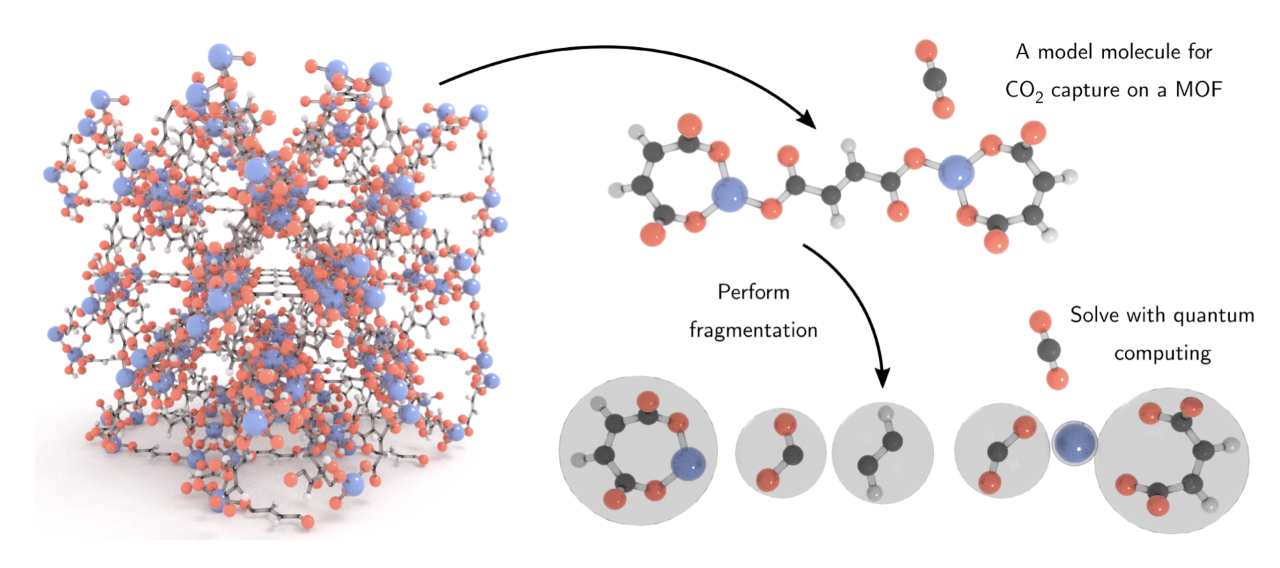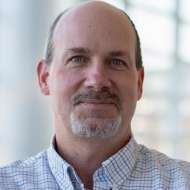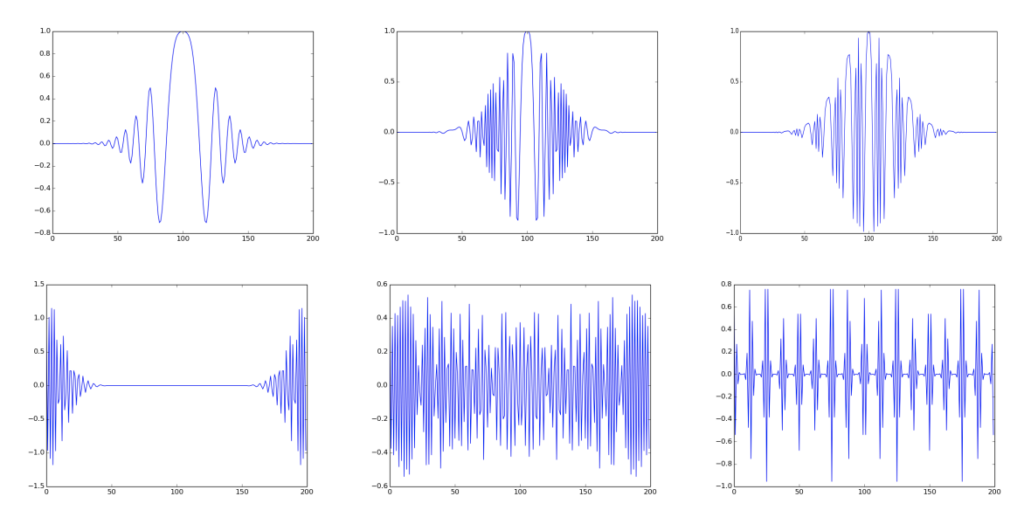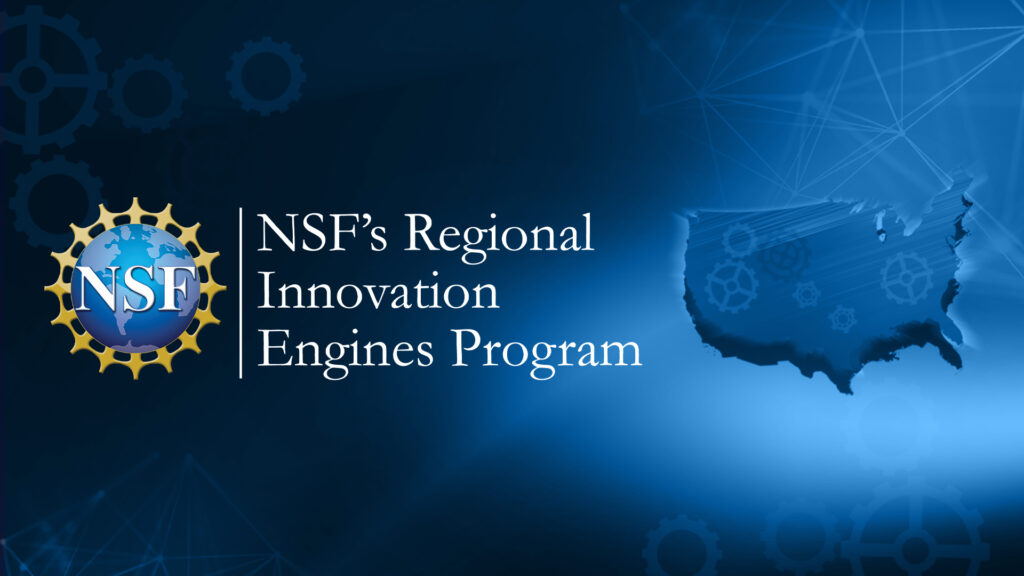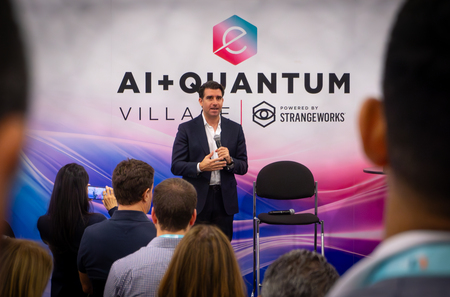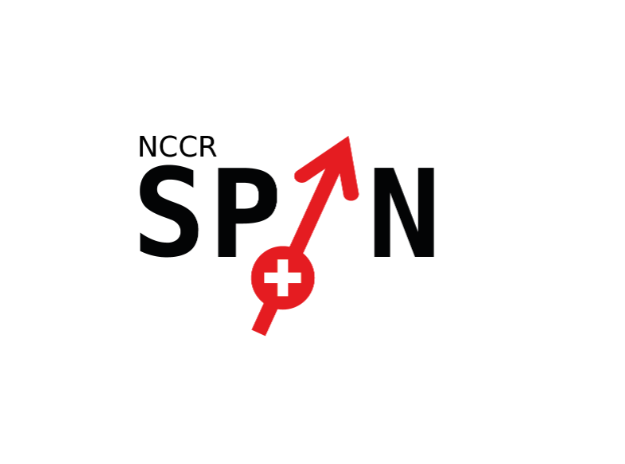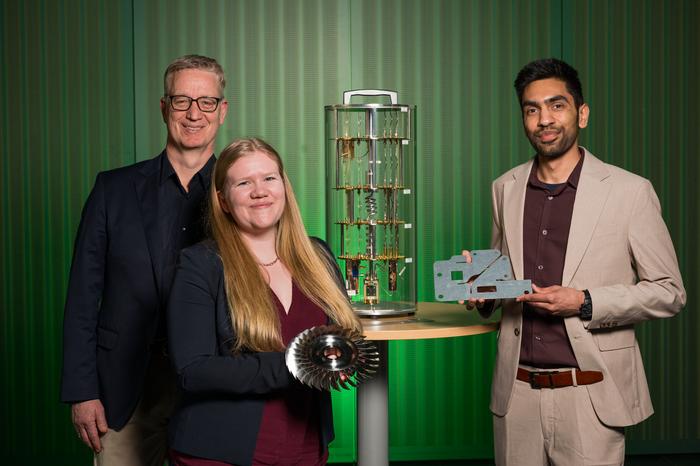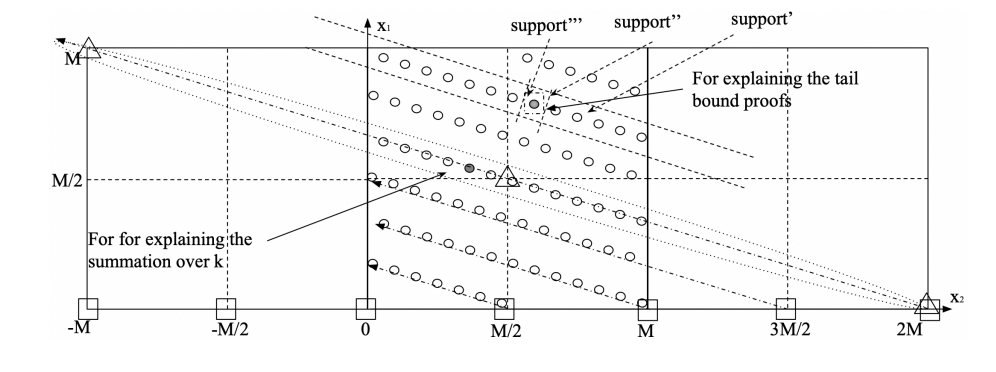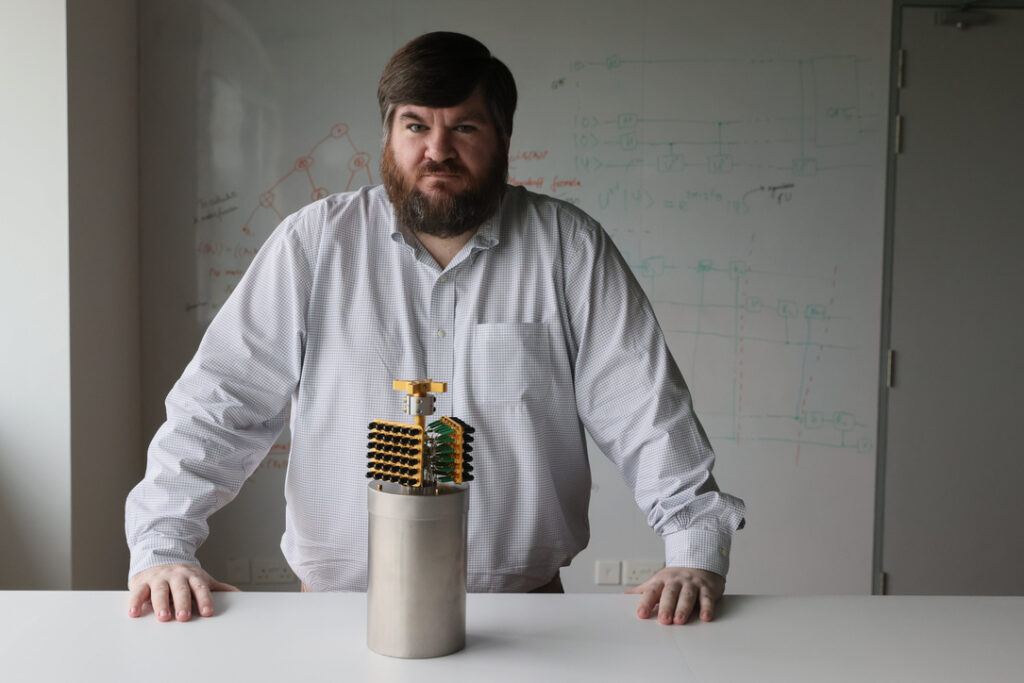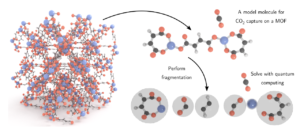
PRESS RELEASE — Quantinuum’s quantum chemistry team, in collaboration with TotalEnergies, has presented a new preprint paper detailing a potential use of quantum computers in mitigating climate change, according to a press release. The team has paved the way for the use of quantum computing to model materials, as a part of the materials discovery process, for use in carbon capture and sequestration.
In this work, the research team brought together the worlds of carbon capture and quantum computing. They developed a quantum computing methodology describing the binding of molecular carbon dioxide with a material being actively researched for carbon capture, called a Metal-Organic Framework, or MOF. This family of materials is of great scientific interest because they are capable of absorbing carbon dioxide with low energy requirements.
These synthetic materials are porous, which gives them their ability to bind to carbon dioxide molecules. MOFs can be compared to “molecular LEGO”, as they can take many different configurations, which result in specific pore sizes and reactivity. They can in principle be used to design materials with specific properties.
Using classical computers to model these systems often yields imprecise solutions. Using a novel quantum method, the team opens a door to potentially overcoming some of the limitations of classical approaches. Due to the natural way in which many-body interactions can be treated, as well as the sheer size of the computational space, quantum computing is a natural future alternative for modeling such systems.
“The mixed team of TotalEnergies and Quantinuum scientists has demonstrated a way to use today’s quantum computers to conduct materials science research in a space that the Intergovernmental Panel on Climate Change says will play a vital role in stabilizing atmospheric greenhouse gas concentrations. This is the sort of work quantum computers have the potential to accelerate in the future.”
Today’s quantum computers (noisy, intermediate-scale quantum machines, or NISQ machines) are constrained by the number of qubits available for computation, and the tendency for calculations to be overwhelmed by errors. Modeling complex materials like MOFs is therefore challenging. The breakthrough represented by this paper is the use of fragmentation strategies to break down the computational task, providing a robust and versatile approach that combines quantum and classical computing methods.
The work revealed the way today’s quantum computers modeling complex many-body interactions can increase our understanding of MOF-CO2 systems. It potentially accelerates our ability to use quantum computers to solve challenges that could play an important role in tackling climate change.
Ilyas Khan, CEO of Quantinuum, commented: “The publication of this paper in partnership with TotalEnergies, one of the world’s leading developers of carbon capture and storage technologies, marks an important milestone in the much anticipated area of quantum chemistry. The mixed team of TotalEnergies and Quantinuum scientists has demonstrated a way to use today’s quantum computers to conduct materials science research in a space that the Intergovernmental Panel on Climate Change says will play a vital role in stabilizing atmospheric greenhouse gas concentrations. This is the sort of work quantum computers have the potential to accelerate in the future.”


